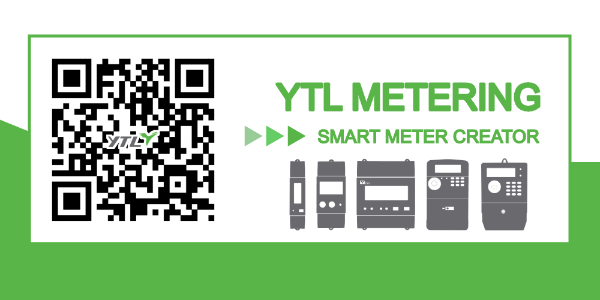When selecting a communication method for a wireless communication network for electricity meters, several factors must be considered to ensure reliability, stability, and efficiency. The following are the detailed considerations:
Principle of Communication Method Selection
1. Reliability: The communication method should have good anti-interference capabilities and stability to ensure accurate and complete data transmission.
2. Efficiency: The communication method should have high data transmission rates and low latency to meet the requirements of real-time data collection and monitoring.
3. Security: The communication method should have encryption and authentication mechanisms to ensure data security and prevent data leakage and tampering.
4. Compatibility: The communication method should have good compatibility, allowing it to communicate with different brands and models of electricity meters.
5. Cost-effectiveness: The communication method should consider cost-effectiveness, ensuring that costs are reduced while meeting the requirements.
Comparison of Common Communication Methods
1. ZigBee: A low-speed, low-power wireless communication protocol suitable for short-distance, low-data-rate applications. ZigBee has self-organizing, self-healing, and self-repair capabilities, but its communication distance is limited to around 100 meters, and it has limited penetration ability.
2. WiFine: A lightweight, distributed wireless mesh network protocol designed for low-cost, low-power mobile devices. WiFine has a large network coverage area and supports multiple sleep modes to reduce power consumption.
3. LoRa: A long-range, low-power wireless communication protocol suitable for low-power wide-area networks (LPWANs). LoRa has a long communication distance (up to several kilometers) and low power consumption, making it suitable for remote electricity meter data collection and monitoring.
4. Wi-Fi: A wireless local area network (WLAN) technology with high-speed and stable data transmission capabilities. Wi-Fi is suitable for high-speed data transmission between electricity meters and data centers, but it requires an external Wi-Fi network and has high power consumption.
5. Bluetooth: A short-range wireless communication technology suitable for near-distance data transmission. Bluetooth has low power consumption, low cost, and easy implementation, but its communication distance is limited (typically around 10 meters) and susceptible to interference from other wireless devices.
Recommendations for Communication Method Selection
Based on the installation location and coverage range of the electricity meter, the following communication methods are recommended:
* For indoor or short-distance applications, consider WiFine, ZigBee, or Bluetooth.
* For remote data collection and monitoring with a wide coverage range, consider WiFine, LoRa, or Wi-Fi.
When selecting a communication method, consider factors such as reliability and stability, security and compatibility, and cost-effectiveness.
In conclusion, the selection of a wireless communication method for electricity meter data collection and monitoring requires careful consideration of multiple factors. By weighing these factors and considering the latest developments in communication technology, a suitable communication method can be chosen to ensure efficient and reliable data transmission.


 English
English 中文简体
中文简体
.png?imageView2/2/w/500/h/500/format/png/q/100)





-1.jpg?imageView2/2/w/500/h/500/format/png/q/100)




.jpg?imageView2/2/w/500/h/500/format/png/q/100)


